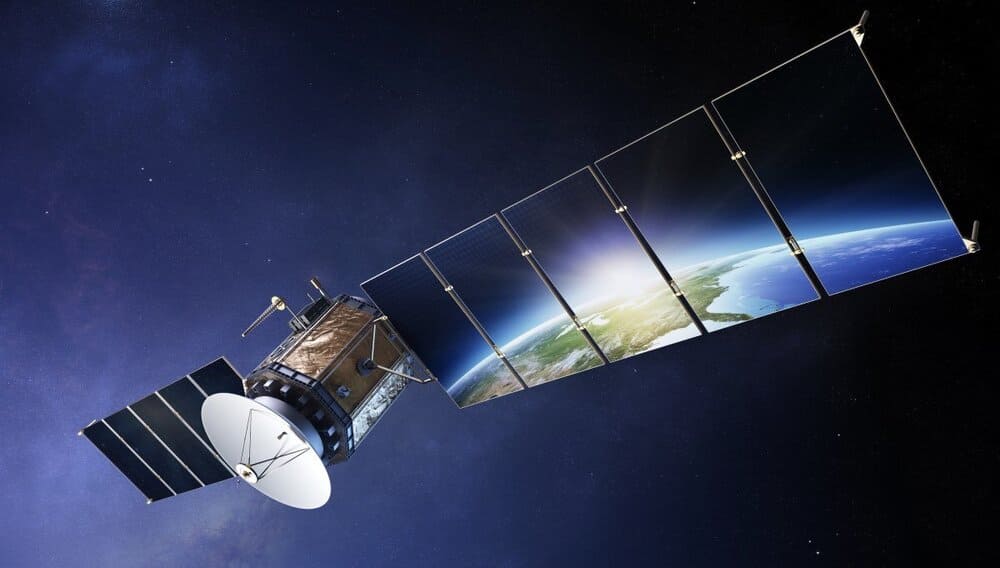Estimated reading time: 13 minutes
Satellites, often invisible to the naked eye as they orbit far above the Earth, have an immeasurable impact on our daily lives. These technological marvels facilitate communication, aid in disaster management, enhance navigation, support scientific research, and much more. Their presence and functions are so seamlessly integrated into our daily activities that we often overlook how much we rely on them. This article explores how satellites improve our lives, highlighting their diverse applications and the profound effects they have on modern society.
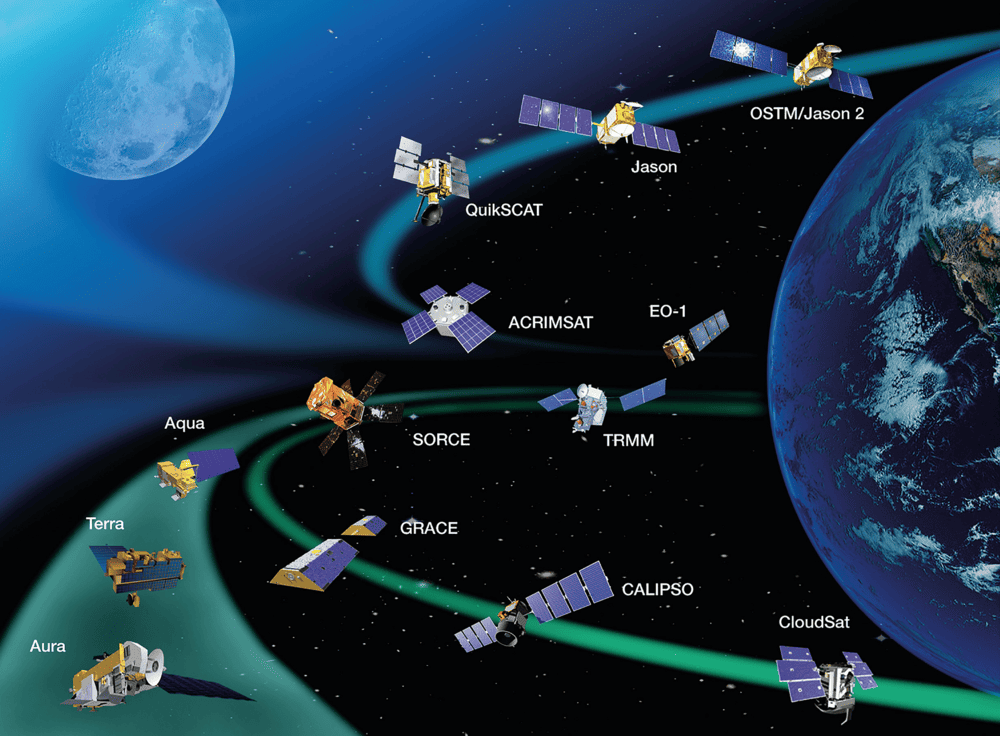
Communication advancements
Satellites have revolutionized global communication, enabling instant connectivity across vast distances. Before the advent of satellite technology, international communication relied heavily on undersea cables, which were expensive to lay and maintain. Today, satellites provide a reliable and efficient means to transmit data, voice, and video across the globe. This technology has made it possible for people to stay connected, regardless of their location, facilitating everything from personal communications to international business transactions.
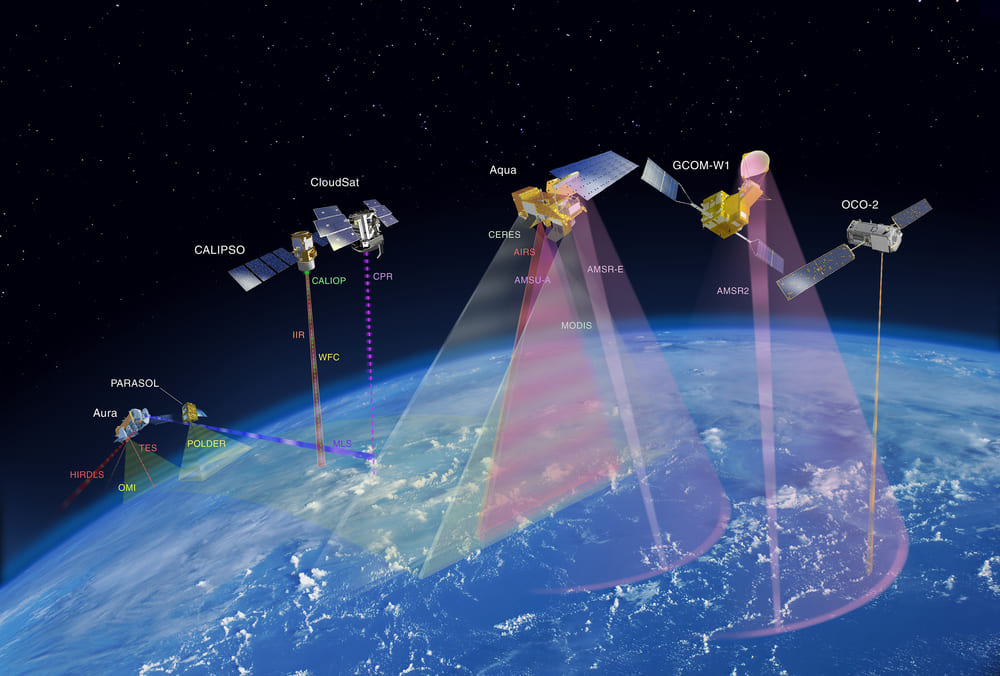
Internet connectivity
One of the most significant contributions of satellites is in providing internet connectivity, especially in remote and underserved areas. Traditional terrestrial internet infrastructure can be challenging to deploy in rural or isolated regions due to geographical barriers and high costs. Satellite internet bridges this digital divide by offering high-speed connectivity to even the most remote corners of the world. Companies like SpaceX with its Starlink project are leading the charge, aiming to provide global internet coverage and ensure that no one is left behind in the digital age.
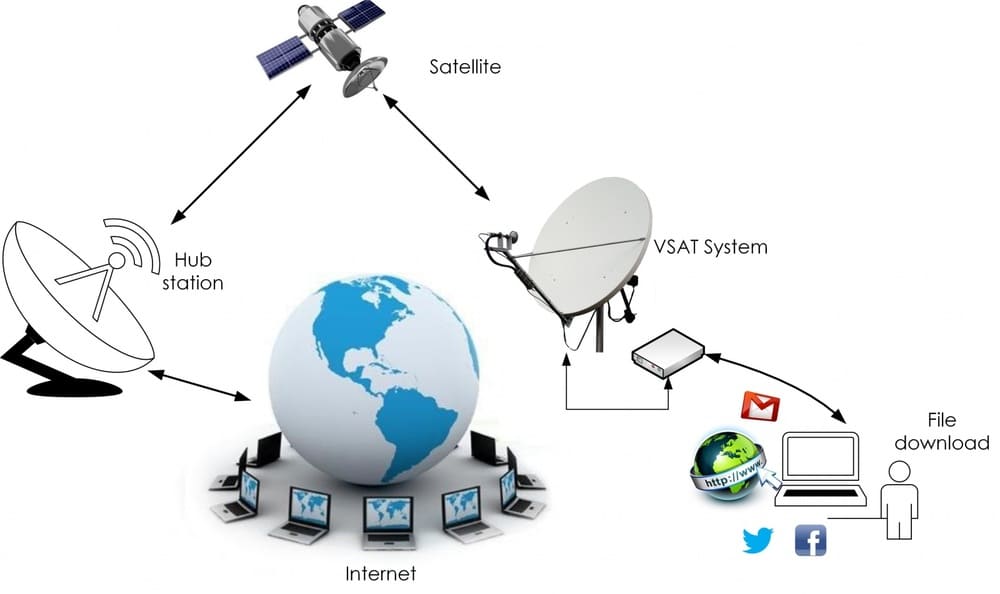
Weather forecasting
Satellites play a crucial role in weather forecasting, helping meteorologists predict weather patterns with greater accuracy and timeliness. By continuously monitoring the Earth’s atmosphere, satellites provide data on temperature, humidity, cloud cover, and wind speeds. This information is vital for predicting severe weather events such as hurricanes, tornadoes, and thunderstorms. Advanced warning systems based on satellite data allow for timely evacuations and preparations, potentially saving countless lives and reducing economic losses.
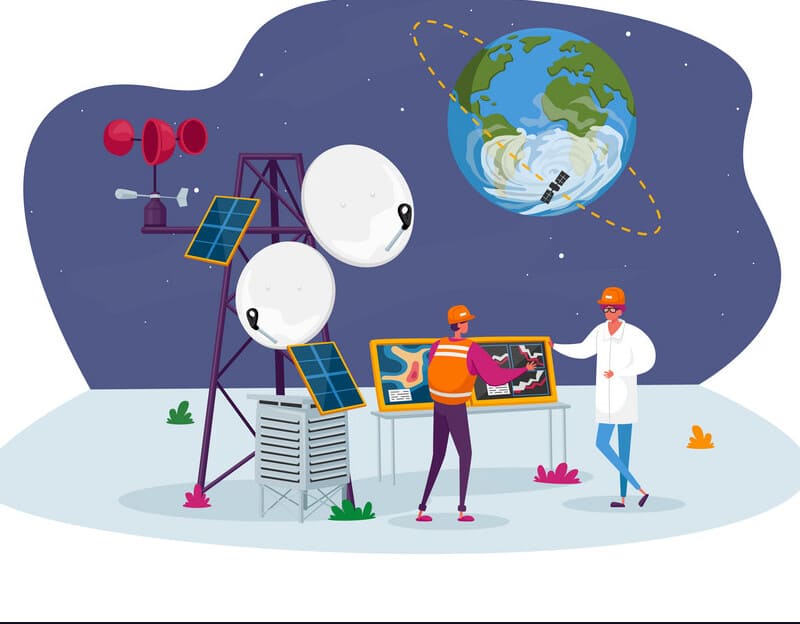
Disaster management
In times of natural disasters, satellites become invaluable tools for disaster management and relief efforts. They provide real-time imagery and data that help assess the extent of damage, coordinate response efforts, and deliver aid to affected areas. For example, during a flood, satellite images can show the inundated regions, enabling rescue teams to prioritize areas that need immediate attention. Additionally, satellites help in monitoring ongoing disaster conditions, such as the spread of wildfires or the aftermath of an earthquake, ensuring that response efforts are as effective as possible.
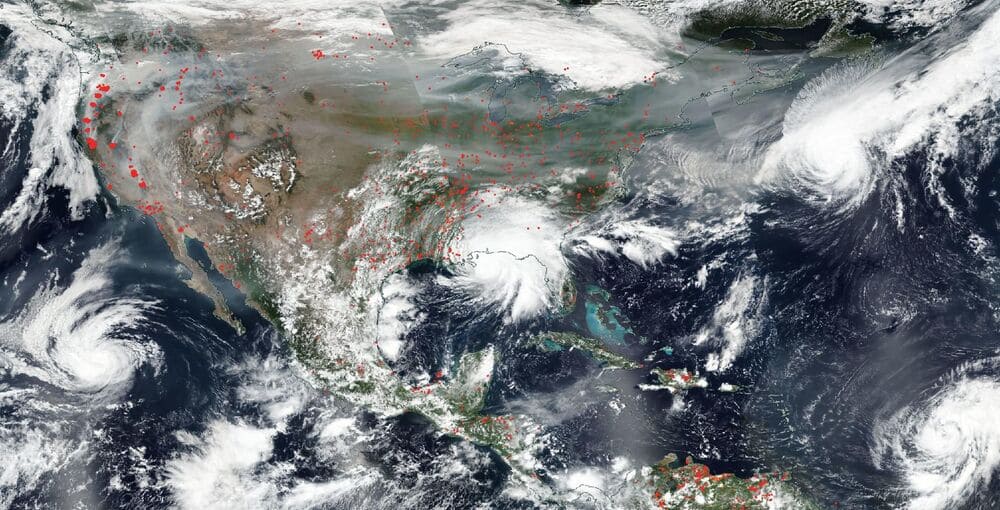
Navigation and GPS
Modern navigation systems rely heavily on satellites, particularly the Global Positioning System (GPS). GPS satellites continuously transmit signals that allow GPS receivers to determine their precise location. This technology is essential for everyday activities such as driving, hiking, and even timing financial transactions. Beyond personal use, GPS is crucial for aviation, maritime navigation, and military operations. It enhances the safety and efficiency of transportation networks, reduces travel time, and improves logistics management.

Agriculture and food security
Satellites are transforming agricultural practices by providing critical data that helps farmers make informed decisions. Through remote sensing technology, satellites monitor crop health, soil moisture levels, and weather conditions. This information allows farmers to optimize irrigation, apply fertilizers more effectively, and predict yields. Satellite data also helps in managing pests and diseases, ensuring better crop protection. By improving agricultural productivity and sustainability, satellites contribute significantly to food security and the livelihoods of farmers worldwide.
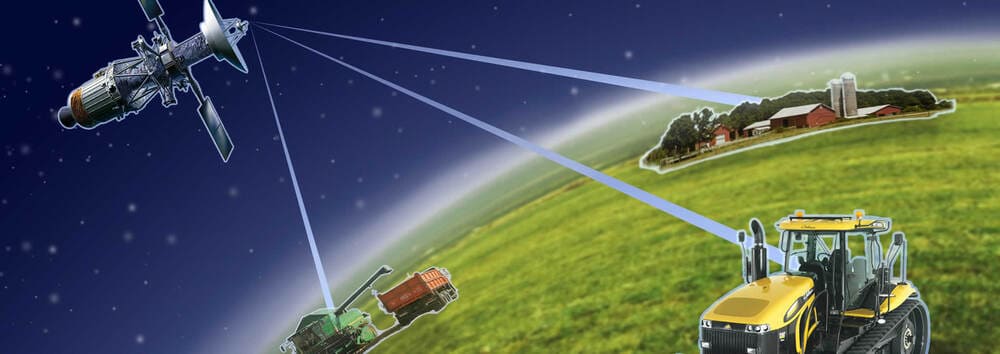
Environmental monitoring
Environmental monitoring is another crucial area where satellites make a significant impact. They help track climate change, monitor deforestation, and assess the health of ecosystems. Satellites provide comprehensive data on greenhouse gas emissions, land use changes, and the melting of polar ice caps. This information is essential for scientists and policymakers working to combat climate change and develop sustainable environmental policies. Additionally, satellites aid in monitoring natural disasters, such as volcanic eruptions and earthquakes, providing early warnings and valuable data for disaster response.
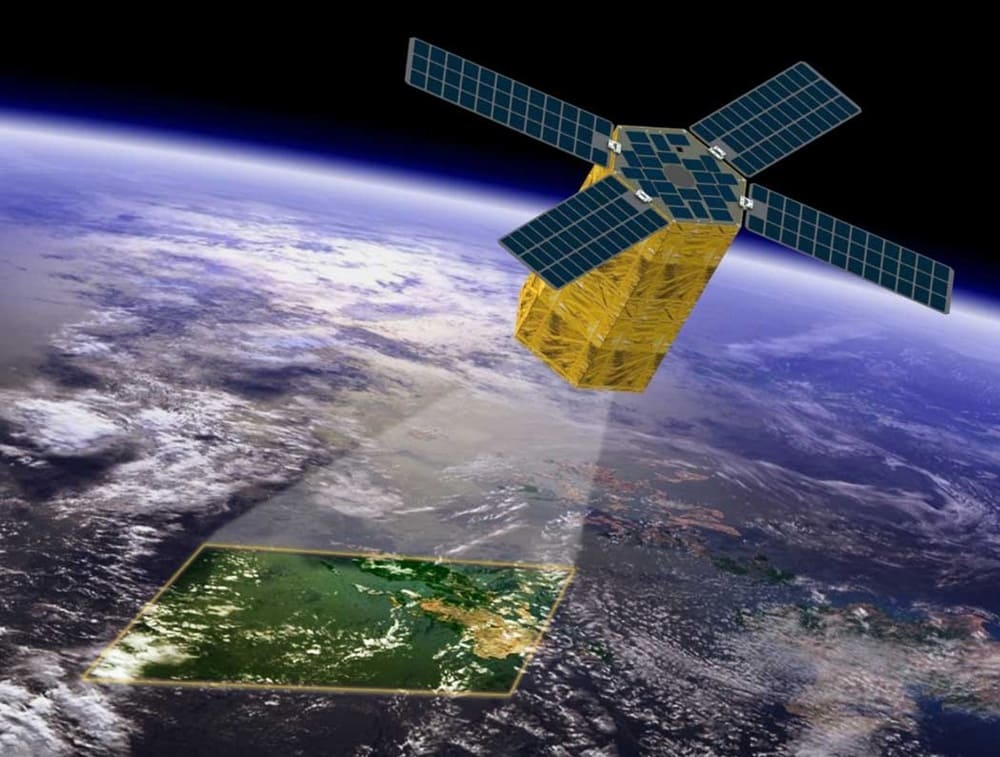
Military and defense
Satellites offer strategic advantages in military and defense operations, providing critical intelligence and enhancing national security. They enable surveillance, reconnaissance, and communication over vast distances, giving military forces a significant edge. Satellite imagery helps in monitoring border areas, detecting unauthorized activities, and planning military operations. Communication satellites ensure secure and reliable communication channels for defense forces, even in remote and hostile environments. The ability to gather real-time intelligence and maintain global communication networks is vital for national security.
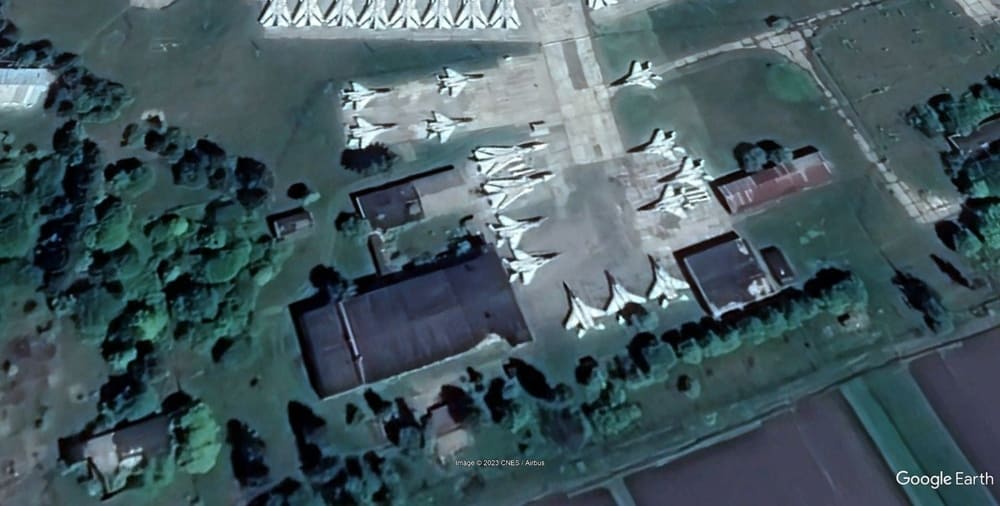
Scientific research
Satellites are indispensable tools for scientific research, enabling groundbreaking discoveries and innovations. They provide a platform for conducting experiments and observations that are not possible on Earth. For instance, satellites equipped with telescopes observe distant galaxies and celestial phenomena, contributing to our understanding of the universe. Earth observation satellites study the planet’s surface, atmosphere, and oceans, providing valuable data for climate science, geology, and oceanography. By supporting diverse scientific endeavors, satellites drive progress and expand our knowledge of the natural world.
Space exploration
Satellites are pioneers in space exploration, paving the way for human missions and interplanetary research. They serve as scouts, gathering data on celestial bodies and space environments before human exploration. For example, satellites orbiting Mars provide detailed maps of its surface, identify landing sites, and study its atmosphere. This information is crucial for planning future manned missions. Satellites also support deep space missions, such as those exploring asteroids and comets, by relaying data back to Earth. Their contributions are essential for advancing our quest to explore and understand the universe.
Television and broadcasting
The advent of satellite television has revolutionized the entertainment industry, making it possible to broadcast television signals to a global audience. Satellite TV provides access to a wide range of channels and content, regardless of geographic location. It has enabled the widespread dissemination of news, sports, educational programs, and cultural content. Satellite radio also benefits from this technology, offering high-quality audio broadcasts to listeners worldwide. The ability to reach remote and underserved areas has made satellite broadcasting a vital tool for education, information, and entertainment.
Healthcare and telemedicine
Satellites are improving healthcare access and services, particularly in remote and rural areas. Telemedicine relies on satellite communication to connect patients with healthcare providers, enabling consultations, diagnoses, and treatments over long distances. This technology is especially valuable in regions with limited medical infrastructure, where it can save lives by providing timely medical advice and support. Satellites also facilitate the delivery of medical supplies and equipment to remote locations, ensuring that healthcare services are available where they are needed most.
Education and E-learning
Satellite technology is expanding educational opportunities through distance learning and e-learning platforms. By providing reliable internet connectivity and broadcasting educational content, satellites make it possible for students in remote areas to access quality education. E-learning platforms supported by satellite internet offer a wide range of courses and resources, allowing learners to study at their own pace and convenience. This technology is bridging the educational gap, promoting literacy, and empowering individuals with the knowledge and skills needed for personal and professional growth.
Financial services
Satellites play a crucial role in securing financial transactions and enhancing financial inclusion. They enable secure communication channels for banking and financial services, ensuring that transactions are safe and reliable. Satellite technology supports mobile banking and microfinance initiatives, providing financial services to underserved populations in remote areas. By facilitating secure and efficient financial operations, satellites are contributing to economic development and financial stability.
Urban planning and development
Urban planning and development benefit significantly from satellite technology. High-resolution satellite imagery provides detailed information on land use, infrastructure, and urban growth. This data helps city planners and developers make informed decisions about zoning, transportation networks, and public services. Satellite technology also supports the monitoring of environmental impacts and the implementation of sustainable development practices. By providing accurate and up-to-date information, satellites are helping to create more efficient, livable, and resilient cities.
Natural resource management
Effective management of natural resources is essential for sustainable development, and satellites provide the necessary tools to achieve this goal. They monitor forests, water bodies, and mineral resources, providing data that helps in managing these resources sustainably. For instance, satellite imagery can detect illegal logging activities, monitor water levels in reservoirs, and assess the impact of mining operations. This information is vital for governments and organizations working to conserve natural resources and ensure their sustainable use for future generations.
Transportation and logistics
Satellites enhance transportation and logistics by providing accurate navigation and tracking systems. GPS technology, supported by satellites, ensures that vehicles can navigate efficiently and safely, reducing travel time and fuel consumption. In logistics, satellite tracking enables real-time monitoring of shipments, improving supply chain management and delivery efficiency. This technology is crucial for industries such as shipping, aviation, and freight, where timely and accurate information is essential for smooth operations.
Renewable energy management
Satellites support the management and optimization of renewable energy sources, such as solar and wind power. They provide data on weather conditions, solar radiation, and wind patterns, helping to predict and optimize energy production. This information is essential for the efficient operation of renewable energy plants and the integration of these sources into the power grid. By enhancing the reliability and efficiency of renewable energy, satellites are contributing to a more sustainable and resilient energy future.
Wildlife conservation
Satellites play a significant role in wildlife conservation by monitoring animal populations and habitats. They provide data on migration patterns, habitat changes, and threats such as poaching and habitat destruction. This information is crucial for conservation efforts, helping to protect endangered species and preserve biodiversity. Satellites enable researchers and conservationists to track animals in remote and inaccessible areas, providing insights that are essential for effective conservation strategies.
Cultural preservation
Preserving cultural heritage is another important application of satellite technology. High-resolution satellite imagery is used to document and monitor historical and cultural sites, helping to protect them from damage and destruction. This technology can detect changes in these sites over time, providing valuable data for restoration and preservation efforts. By safeguarding cultural heritage, satellites are helping to preserve the history and identity of communities around the world.
Global positioning systems
The intricacies of Global Positioning Systems (GPS) illustrate the profound impact of satellite technology on daily life. GPS provides precise location and time information, essential for navigation, transportation, and various other applications. From personal navigation devices to complex logistics systems, GPS technology underpins many aspects of modern society. Its accuracy and reliability have transformed how we move, communicate, and conduct business, making it an indispensable tool in our interconnected world.
Future prospects
The role of satellites is continually evolving, with new applications and advancements on the horizon. Future satellites will be more advanced, capable of higher-resolution imaging, faster data transmission, and more efficient operations. Innovations such as miniaturized satellites and mega-constellations promise to further expand the reach and capabilities of satellite technology. As the demand for satellite services grows, their impact on various sectors, from healthcare to environmental monitoring, will continue to increase, shaping a more connected and informed world.
Success stories
Real-life examples of satellite technology improving lives abound. For instance, during the COVID-19 pandemic, satellites facilitated remote learning and telemedicine, ensuring continuity of education and healthcare services. In agriculture, satellite data has helped farmers increase crop yields and reduce resource use. Disaster response efforts have been significantly enhanced by real-time satellite imagery, enabling quicker and more effective interventions. These success stories highlight the transformative power of satellites and their potential to address global challenges.
Challenges and solutions
Despite their many benefits, satellites face challenges such as space debris, signal interference, and high operational costs. Space debris poses a significant risk to satellites, requiring ongoing efforts to track and mitigate collisions. Signal interference from other electronic devices can disrupt satellite communication, necessitating robust signal management protocols. The high cost of launching and maintaining satellites remains a barrier, but advancements in technology and increased competition are driving down costs and making satellite services more accessible.
In lieu of a conclusion
Satellites are an indispensable part of modern society, providing critical services that improve our daily lives. From communication and navigation to environmental monitoring and disaster management, their impact is far-reaching and transformative. As technology continues to advance, the role of satellites will only grow, offering new opportunities to address global challenges and enhance our quality of life. The continued development and deployment of satellite technology are essential for building a more connected, resilient, and informed world.
FAQs
How do satellites improve internet connectivity in remote areas?
Satellites provide high-speed internet connectivity to remote and underserved areas where traditional terrestrial infrastructure is challenging to deploy. This technology ensures that even the most isolated regions have access to the internet, bridging the digital divide and promoting digital inclusion.
What role do satellites play in weather forecasting?
Satellites monitor the Earth’s atmosphere, providing data on temperature, humidity, cloud cover, and wind speeds. This information is crucial for predicting weather patterns and severe weather events, allowing for timely warnings and preparations that can save lives and reduce economic losses.
How do satellites contribute to disaster management?
Satellites provide real-time imagery and data that help assess damage, coordinate response efforts, and deliver aid during natural disasters. They monitor ongoing disaster conditions, such as floods and wildfires, ensuring that response efforts are effective and timely.
What is the significance of GPS technology supported by satellites?
GPS technology provides precise location and time information, essential for navigation, transportation, and various other applications. It enhances the safety and efficiency of transportation networks, reduces travel time, and improves logistics management.
How do satellites support environmental monitoring?
Satellites track climate change, monitor deforestation, and assess the health of ecosystems. They provide comprehensive data on greenhouse gas emissions, land use changes, and other environmental factors, supporting efforts to combat climate change and develop sustainable policies.
What are the future prospects for satellite technology?
Future satellites will be more advanced, capable of higher-resolution imaging, faster data transmission, and more efficient operations. Innovations such as miniaturized satellites and mega-constellations will further expand the capabilities and reach of satellite technology, shaping a more connected and informed world.


